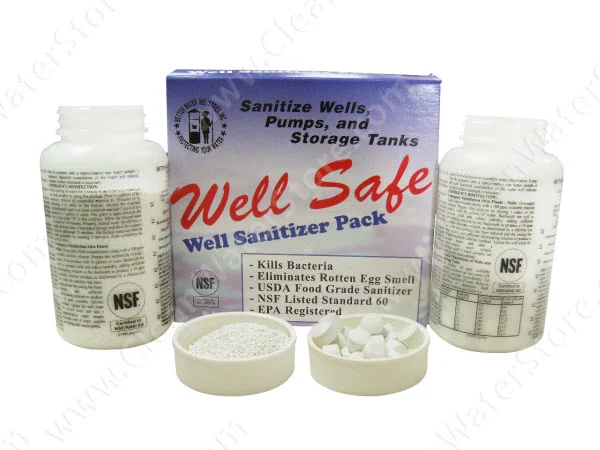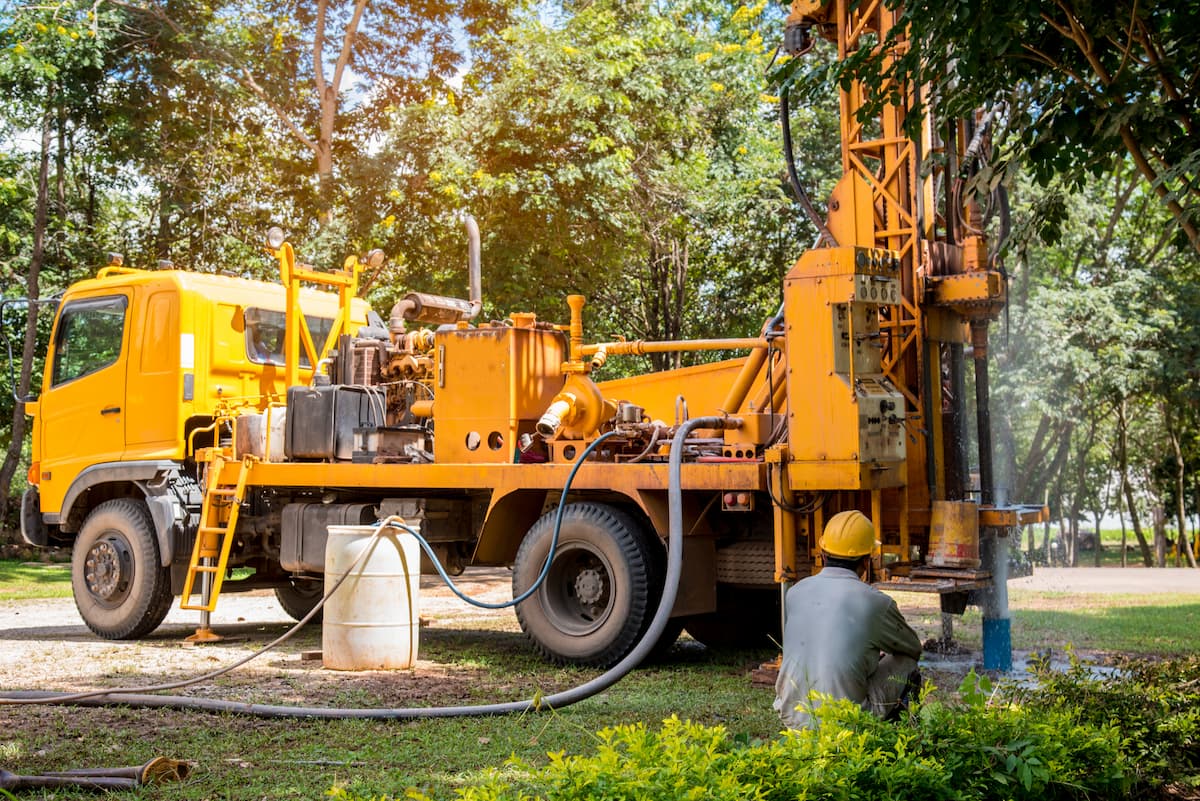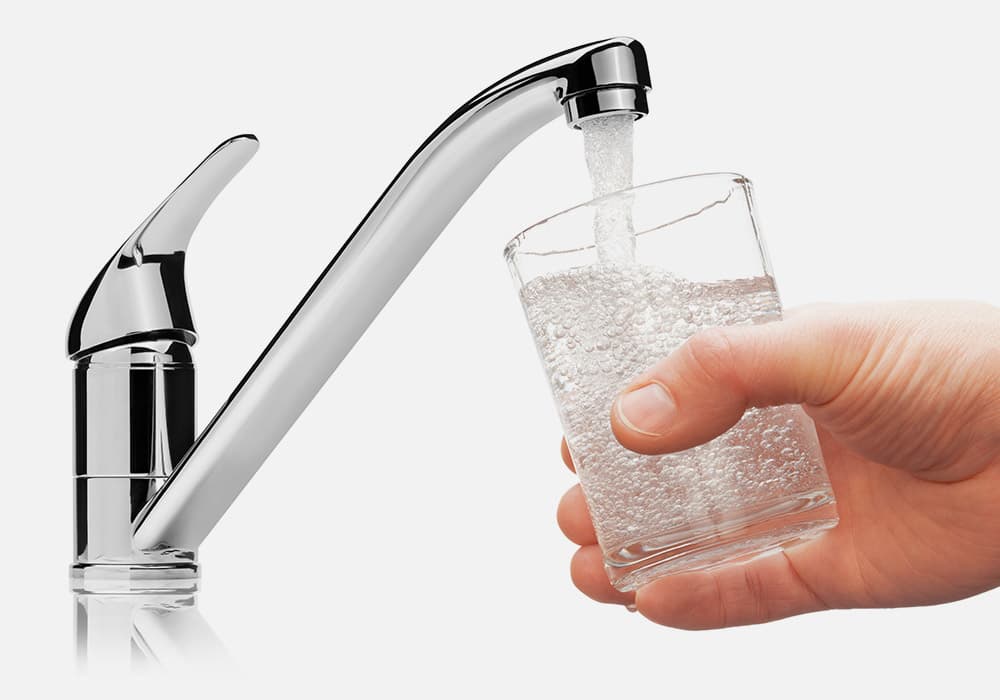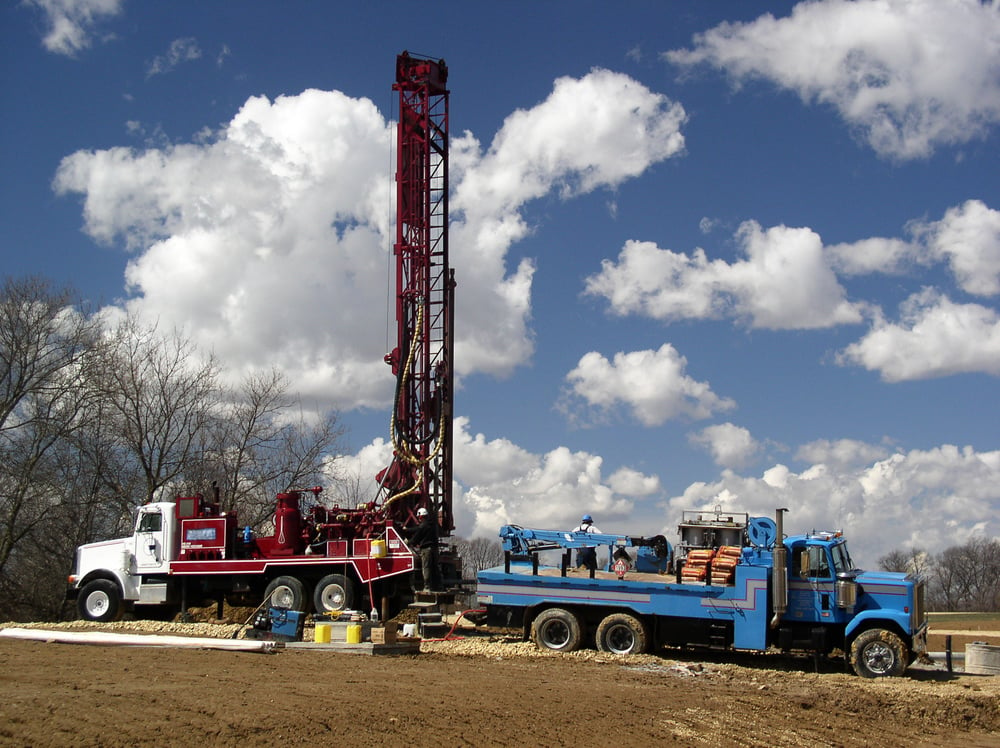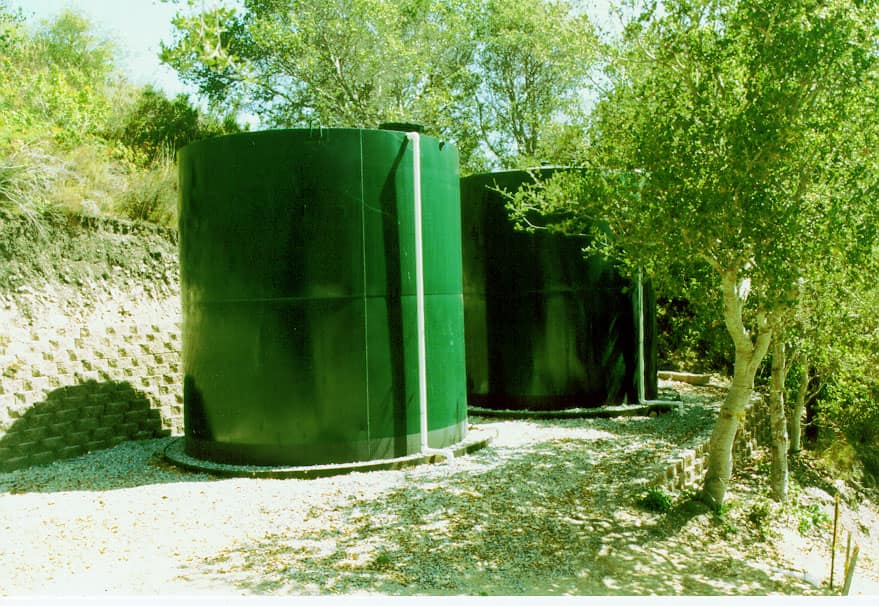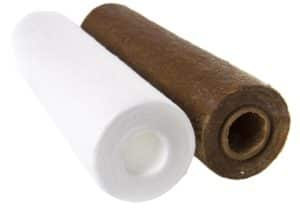Calcite Neutralizer
A question that is commonly asked is: “I was wondering, in what situations is an upflow neutralizer better than a down-flow back-wash type neutralizer? ”
Understanding the Difference Between Up-Flow and Down-Flow Calcite Neutralizers
Down-Flow neutralizers have backwashing control valves and the calcite media is backwashed and rinsed periodically.
In a standard downflow neutralizer the water enters the top of the tank and flows down through the media and up the distributor tube.
 The down-flow type neutralizer removes sediment and can be back-washed, which cleans & re-classifies the calcite, preventing channeling. During backwash, the water flow is reversed and water flows down the distributor tube and up through the media, lifting and expanding the calcite media. During the backwash the calcite is cleaned by the action of the water flowing through it.
The down-flow type neutralizer removes sediment and can be back-washed, which cleans & re-classifies the calcite, preventing channeling. During backwash, the water flow is reversed and water flows down the distributor tube and up through the media, lifting and expanding the calcite media. During the backwash the calcite is cleaned by the action of the water flowing through it.
Up-Flow Neutralizers Do Not Use or Need a Backwash Control Valve
In an upflow neutralizer the water always flows down the distributor tube and up through the calcite media. Upflow neutralizers have no backwash control valve and are not backwashed, because the water is always flowing up through the calcite so there is no need for a backwash. This type works well in some applications and prevents the need for any backwash drain connection.
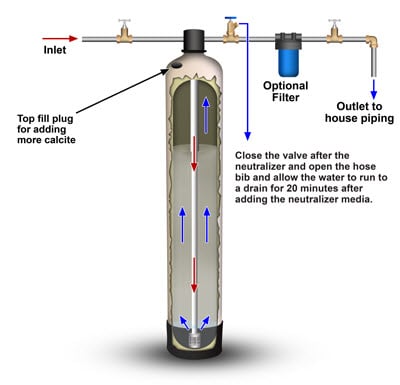
However the up-flow types often have problems with channeling, which where the water can flow up around the calcite and eventually the calcite hardens and partially solidifies. If the water is very clean and low in sediment, and the water is low in hardness minerals an up-flow type can work fine. For example these types of neutralizers are ideal for whole-house reverse osmosis systems (which purify and remove almost all minerals and salts from the water) to add some mineral back into the purified water before it enters copper piping.
Using a backwash type is more convenient and more effective for most residential applications however, as the calcite is kept clean and re-classified. This allows the calcite to dissolve evenly and makes it easier to maintain. Additional calcite can be added on top of the calcite in the neutralizer and then back-washed.
>



